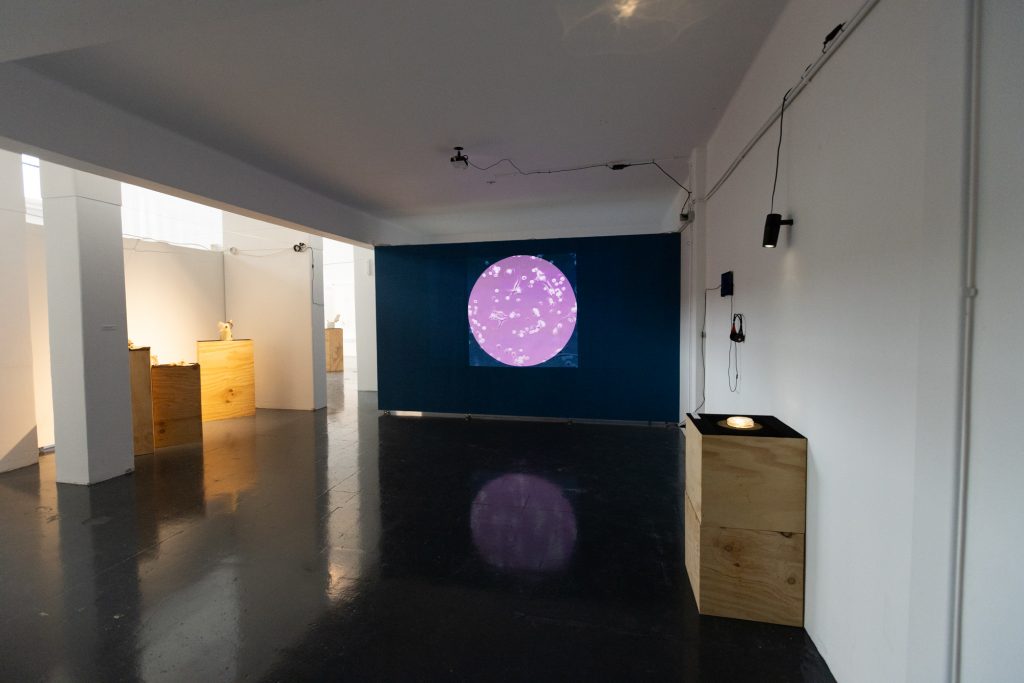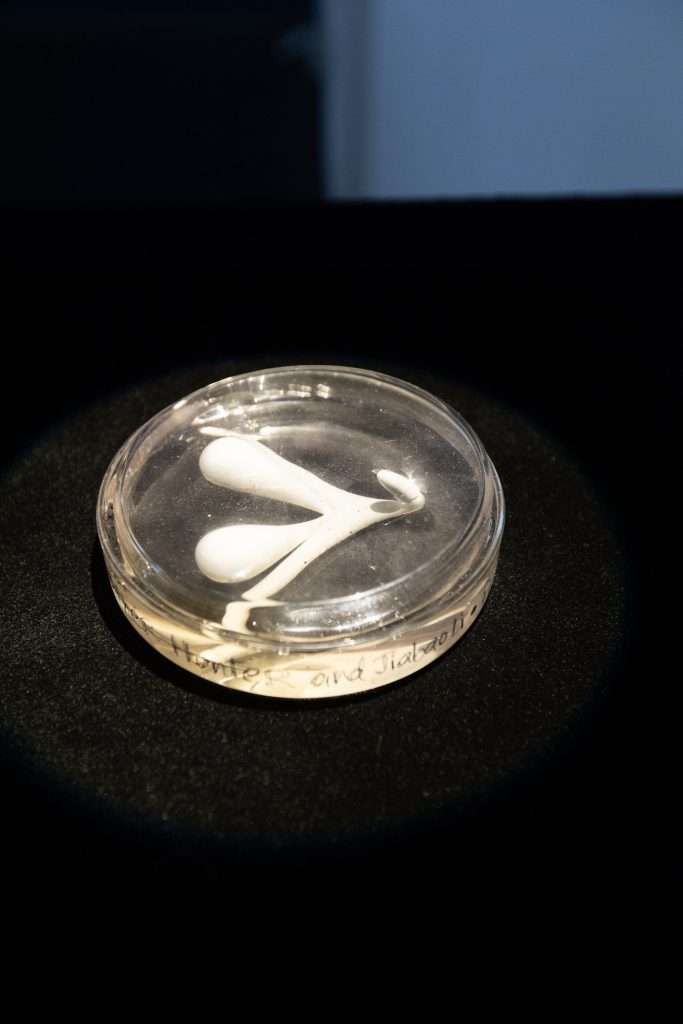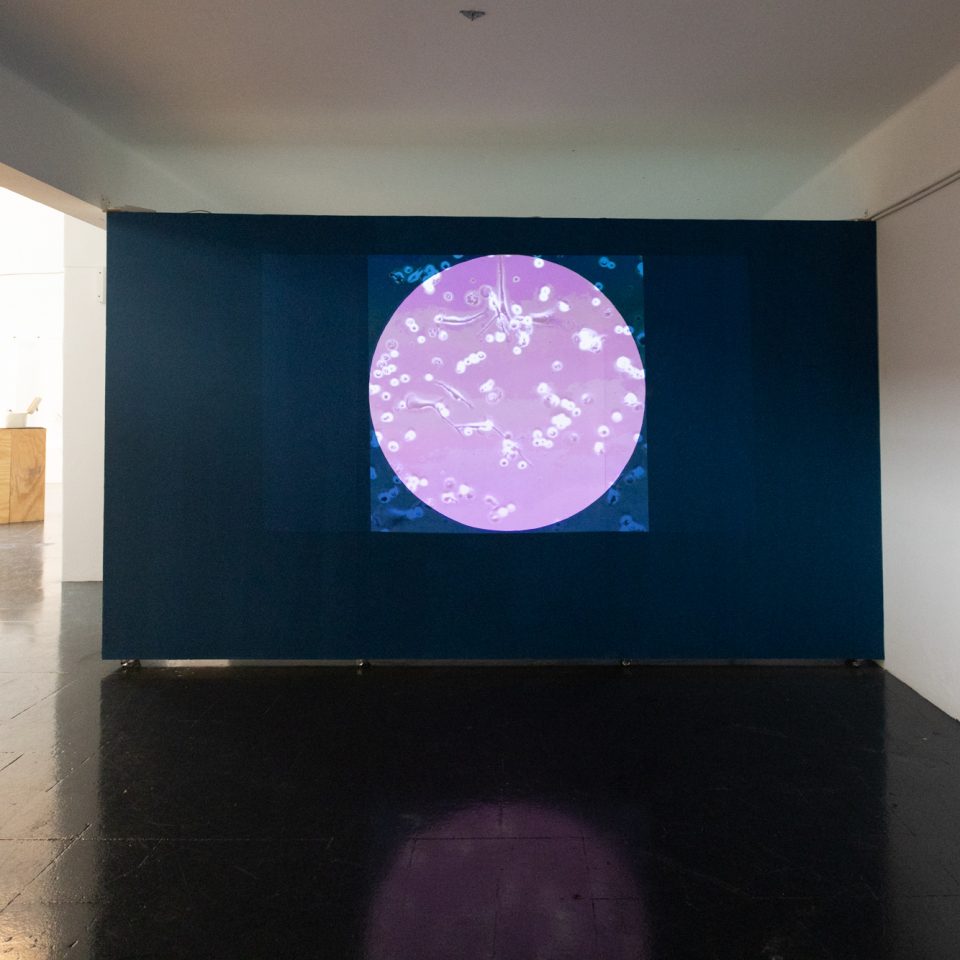
Images from the Progenitorial Hysteresis exhibition by Jiabao Li, Duende Art Museum, China.
PT// “The Pussification of Biotech” é um projeto colaborativo contínuo entre a bioartista WhiteFeather Hunter e a artista/designer Jiabao Li, para investigar o potencial de produção de clitóris cultivados em laboratório. Através da colaboração com bioengenheiros baseados em Montreal e com o apoio financeiro do Conselho Canadense para as Artes e do Conselho de Artes de Quebec, Hunter e Li produziram ‘clitóris’ isolando células-tronco do fluido menstrual e bioimprimindo em 3D formas de clitóris para as células crescerem. Hunter também experimentou diferenciar suas células menstruais em tipos de células neuronais, como uma provocação especulativa com Li para criar clitóris sintéticos com a capacidade de responder “inteligentemente” a estímulos. Através desta lente, Hunter e Li reconfiguram noções de prazer feminino como uma resposta passiva à senciência incorporada de um ator perspicaz – e se pudéssemos pensar com nossos clitóris? Durante a residência, Hunter continuará experimentando a diferenciação de células-tronco menstruais, para ver que outros tipos de células podem surgir através de seus novos protocolos de “pussificação”.
EN// “The Pussification of Biotech” is an ongoing collaborative project between bioartist, WhiteFeather Hunter and artist/designer, Jiabao Li, to investigate the potential of producing lab-grown clitorises. Through collaboration with Montreal-based bioengineers and with funding support from Canada Council for the Arts and the Quebec Arts Council, Hunter and Li produced ‘clitorises’ by isolating stem cells from menstrual fluid and 3D bioprinting clitoris forms for the cells to grow in. Hunter has also experimented with differentiating her menstrual cells into neuronal cell types, as a speculative provocation with Li to create synthetic clitorises with the capability to respond ‘intelligently’ to stimuli. Through this lens, Hunter and Li reconfigure notions of feminine pleasure as a passive response to the embodied sentience of a discerning actor–what if we could think with our clits? During the residency, Hunter will continue experimenting with menstrual stem cell differentiation, to see what other cell types might emerge through her new pussification protocols.
BIO
WhiteFeather Hunter é uma artista e pesquisadora canadense premiada e reconhecida internacionalmente, com doutorado em Arte Biológica pela SymbioticA, Universidade da Austrália Ocidental. A sua tese de doutoramento, “A Bruxa do Jaleco; Duplicar, duplicar o trabalho árduo e perturbar as narrativas e metodologias das práticas padrão de pesquisa científica” foi uma negociação tecnofeminista de bioculturas científicas usando fluidos corporais reprodutivos “tabu”, como o sangue menstrual; isto incluía a bruxaria como resistência ao controlo medicalizado sobre os corpos das mulheres. Parte da pesquisa centrou-se no desenvolvimento de um novo soro menstrual para engenharia de tecidos e foi destacada pela Merck/Sigma-Aldrich para o Dia Internacional das Mulheres e Meninas na Ciência 2021 e sua campanha #nextgreatimossible. WhiteFeather expôs na América do Norte, Europa, Austrália e Ásia, mais recentemente no Duende Art Museum (CH) com Jiabao Li e Lera Niemackl; Art Laboratory Berlin (DE) com Shu-Lea Cheang (com Ewan Chardronnet) e Lyndsey Walsh; e solo no Museu de Bruxaria e Magia (Reino Unido). Colabora regularmente em biolaboratórios internacionais, como o Centro Alemão DZNE para Doenças Neurodegenerativas (Laboratório Wegmann) e o Departamento de Engenharia da Universidade de Sherbrooke com o Dr. Denis Groleau, Cátedra de Pesquisa Tier 1 do Canadá em Microrganismos e Processos Industriais. WhiteFeather Hunter apresenta seu trabalho em vários festivais e conferências internacionais, recentemente na Romaeuropa, na West Australian Fiber and Textile Association e em abril no TTTlabs BioFeral.BeachCamp (GR). Os seus textos académicos são publicados em revistas e livros revisados por pares na Austrália, Grécia, França, Canadá, EUA e Reino Unido, com publicações futuras na Dinamarca, Austrália e Reino Unido.
Dr. WhiteFeather Hunter is an internationally recognized, award-winning Canadian artist and researcher, with a PhD in Biological Art through SymbioticA, The University of Western Australia. Her doctoral thesis, “The Witch in the Lab Coat; Doubling, Doubling Toiling and Troubling the Narratives and Methodologies of Standard Scientific Research Practices” was a TechnoFeminist negotiation of science biocultures by using ‘taboo’ reproductive body fluids, such as menstrual blood; this included witchcraft as resistance to medicalized control over women’s bodies. Part of the research centred on the development of a novel menstrual serum for tissue engineering and was spotlighted by Merck/ Sigma-Aldrich for International Day of Women and Girls in Science 2021 and their #nextgreatimpossible campaign. WhiteFeather has exhibited across North America, Europe, Australia, and Asia, most recently at Duende Art Museum (CH) with Jiabao Li and Lera Niemackl; Art Laboratory Berlin (DE) with Shu-Lea Cheang (with Ewan Chardronnet) and Lyndsey Walsh; and solo at the Museum of Witchcraft and Magic (UK). She regularly collaborates at international biolabs, such as DZNE German Center for Neurodegenerative Diseases (Wegmann Lab), and University of Sherbrooke Engineering Department with Dr. Denis Groleau, Tier 1 Canada Research Chair in Microorganisms and Industrial Processes. She presents her work at numerous international festivals and conferences, recently at Romaeuropa, the West Australian Fibre and Textile Association and this April at the TTTlabs BioFeral.BeachCamp (GR). Her academic writing is published in peer-reviewed journals and books in Australia, Greece, France, Canada, US, and the UK, with forthcoming publications in Denmark, Australia, and the UK.





